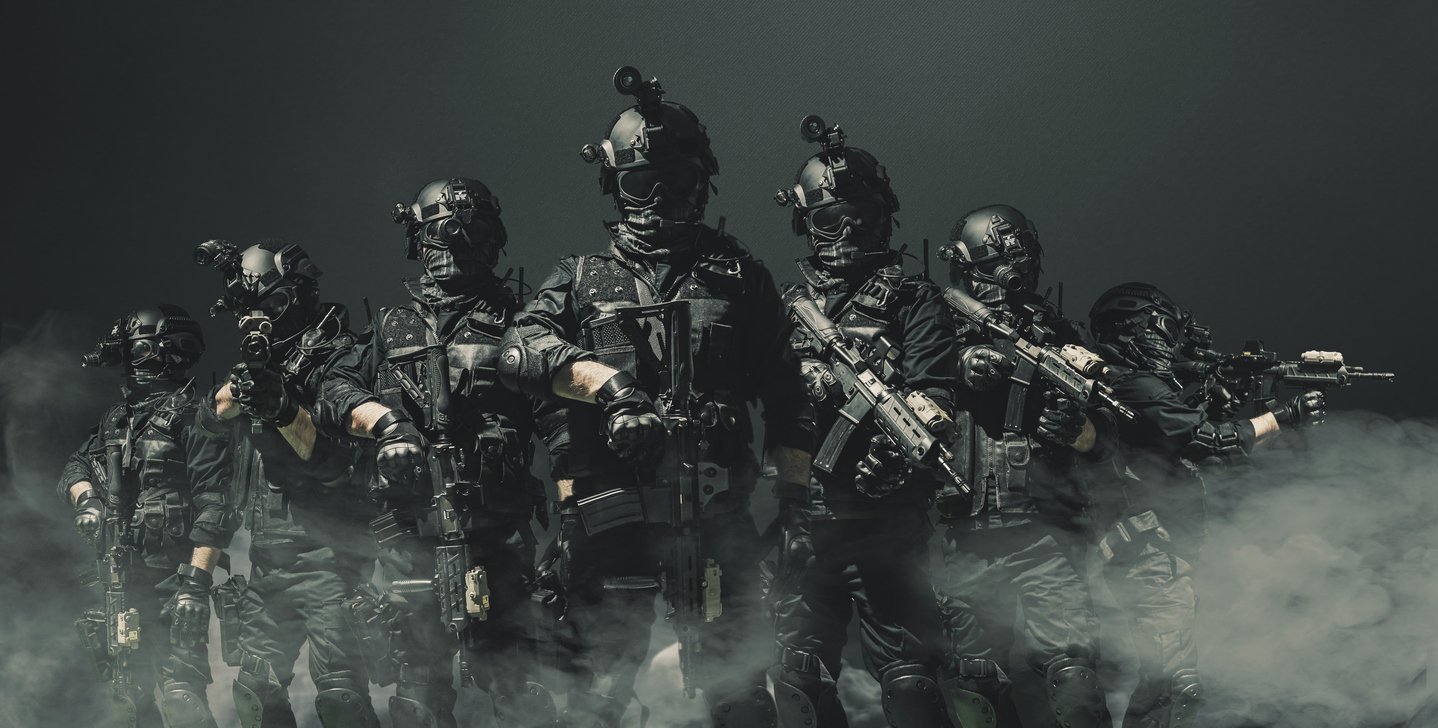The Future of SWAT
American SWAT teams have reached an inflection point due to changing community expectations, more sophisticated understanding of SWAT operations and changing police dynamics. SWAT was initially developed to deal with hostage situations and armed conflicts; today it must also handle modern threats like terrorism, active shooters and drug raids requiring up-to-date training and state-of-the-art equipment. Furthermore, fundamental questions regarding the necessity of SWAT within most police organizations and budgetary restrictions in smaller departments make acquiring and maintaining specialized gear and training more complex than before.
Transparency and active engagement become critical as community perception affects their operations; SWAT teams may require training that encompasses negotiation, mental health care, de-escalation, etc. Technological advancements like drones and nonlethal weaponry can enhance SWAT teams' effectiveness, while crisis de-escalation and prevention strategies combined with appropriate training and data-driven decisions will ensure they remain attuned to community needs. SWAT's future lies in its ability to balance readiness with community engagement while remaining adaptable in an ever-shifting societal context.

Does Every City Need its own SWAT Team?
Does every city need its own SWAT Team? The costs and benefits of tactical units in policing.

